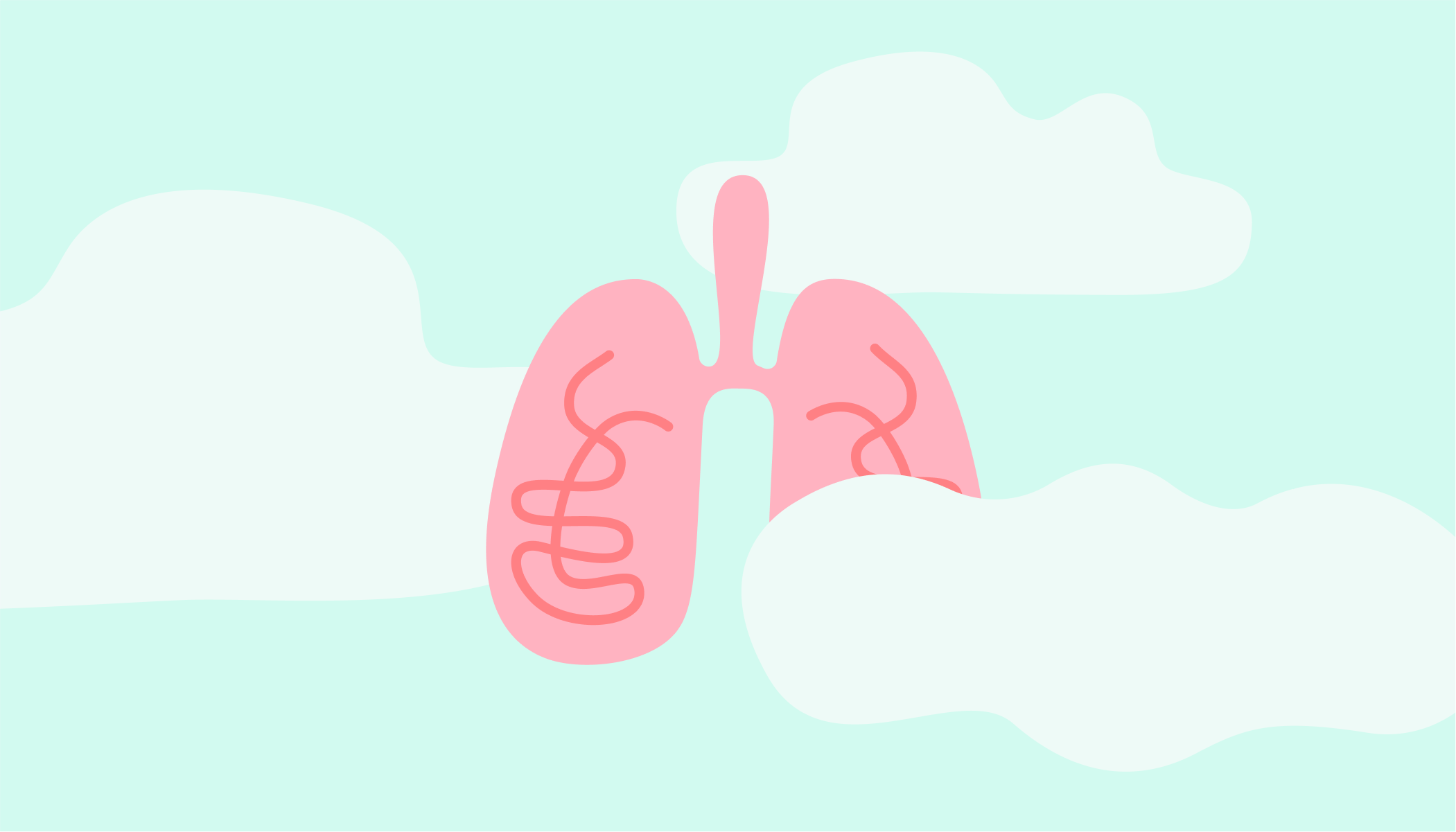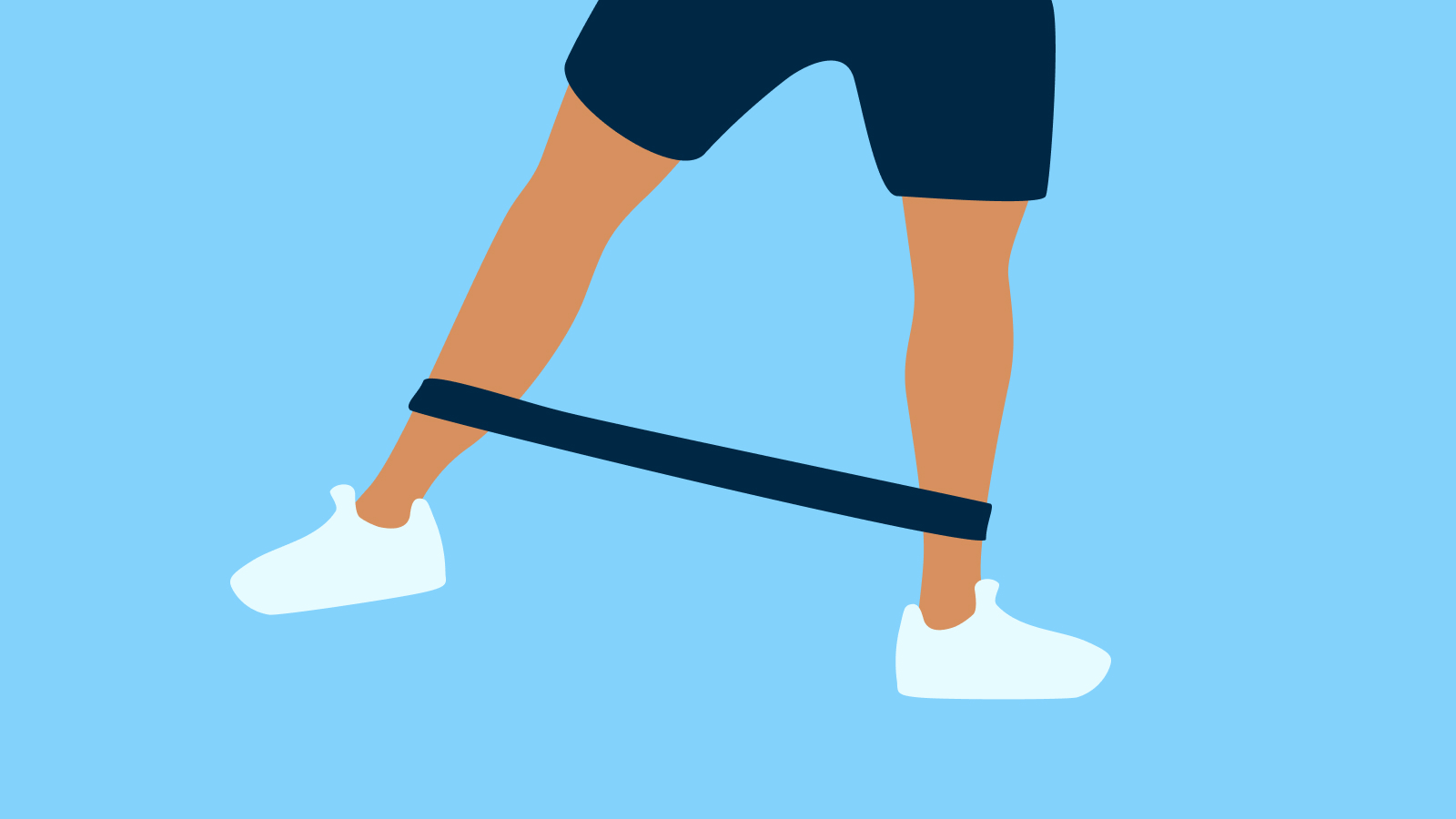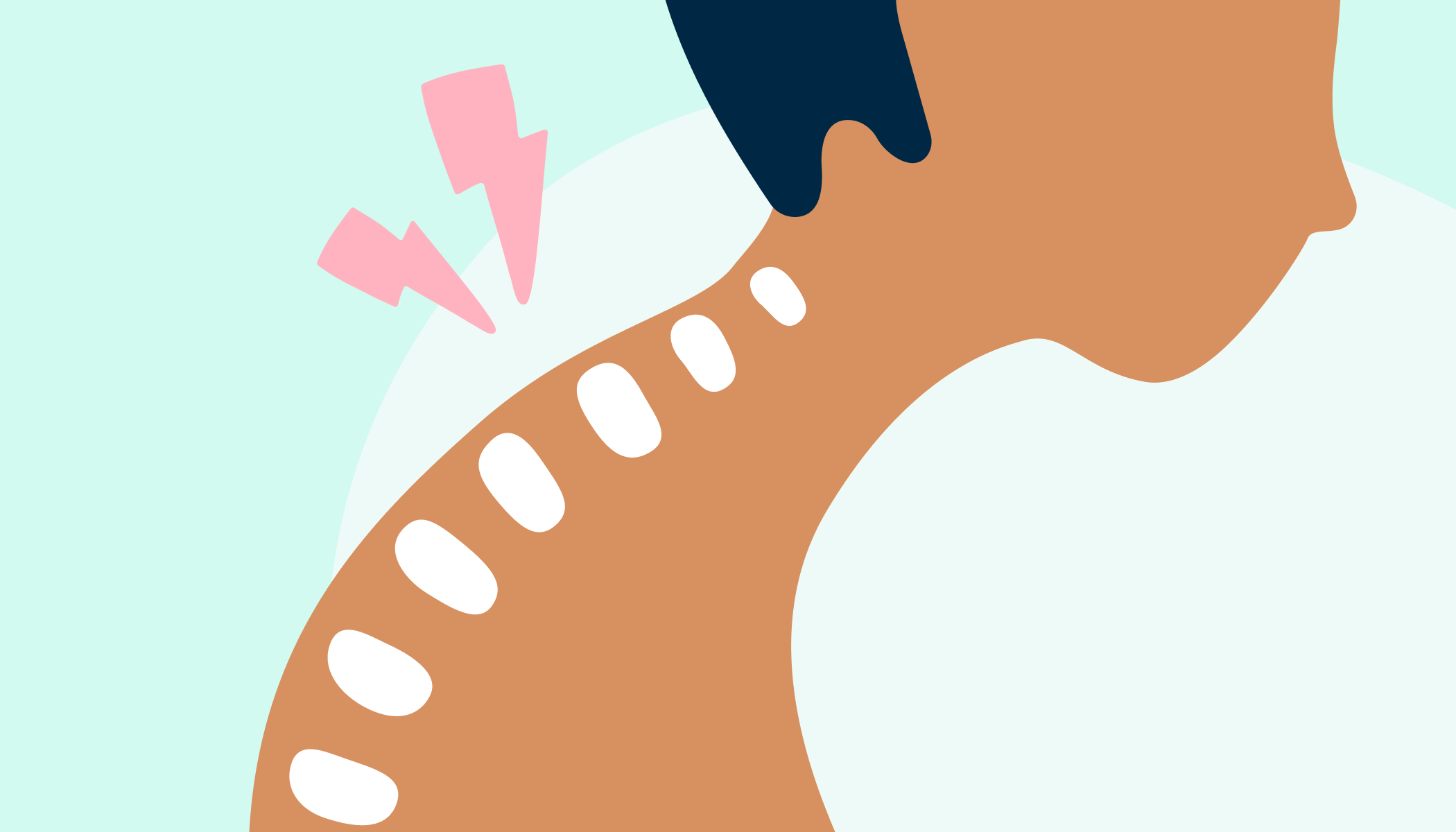Most of us know instinctively that taking a deep breath can make us feel better in a tricky emotional moment. And in wellness disciplines like yoga and mindfulness, controlling the breath plays a key role in calming the mind.
Now, science is catching up. Research has shown that controlled breathing exercises — as well as having physiological benefits for respiratory and cardiovascular health — can help to reduce symptoms of stress, anxiety and depression. A recent review found that slow breathing can also enhance relaxation and psychological wellbeing.
‘Breathing practice is so important when you’re working with mood and wellbeing,’ says Dag Härdfeldt, Psychologist at Livi. ‘Simply adjusting the way you breathe can affect your nervous system and influence your emotional response.
‘If you’re feeling stressed or anxious, for example, your breathing is probably more shallow which can stimulate the sympathetic nervous system and trigger the “fight or flight” stress response. But if you breathe in a slow, controlled way – preferably using your diaphragm, you can activate the parasympathetic nervous system, which induces feelings of calm and relaxation.’
Anyone can learn how to use breathing exercises to enhance their physical and mental health. Here’s a simple guide to the basic principles of controlled breathing and 3 specific techniques to get you started.
How to use your breath to feel better
‘There are lots of different breathing exercises and techniques you can use,’ says Härdfeldt. ‘I would encourage anyone to seek out the ones that suit them best. But, for any breathing practice to be effective, there are key concepts to bear in mind.’
Breathe to a rhythm Control is important during breathing practice. It should follow a certain rhythm, like a beat. It may be helpful to count as you inhale and exhale.
Be mindful This means focusing on what you’re doing. Try not to think of anything else and really experience the airflow as you inhale and exhale. Mindfulness may take practice and it’s more beneficial to do a breathing technique for a shorter length of time, when you are completely in the moment, than for longer periods without focus.
Always use your diaphragm When you’re doing a breathing exercise, breathe deeply with the help of your diaphragm (this is the large muscle at the base of your ribcage — if you hold your sides gently, you will feel it expand sideways as you inhale and contract as you exhale). Hold the breath there for a while (about a second or 2) to maximise oxygen intake before releasing it. Studies show that diaphragmatic breathing triggers relaxation responses that benefit both physical and mental health.
3 breathing techniques to help you manage your mood
Härdfeldt recommends the following breathing techniques and exercises to help manage your mental and physical health.
1. Diaphragmatic breathing
Helpful for — anxiety, stress, panic or depression
‘If you suffer from anxiety, depression or stress, you might need to retrain how you breathe,’ says Härdfeldt. ‘When you’re anxious or stressed, breathing becomes faster and more shallow, which can interfere with the balance of oxygen and carbon dioxide and this can trigger even more anxiety, fear and panic. It’s similar with depression: you may feel broken, sad and tired and this affects your breathing. Your body is receiving signals that something is wrong, which may make you feel worse.
‘Diaphragmatic breathing can help break this cycle by activating the parasympathetic nervous system, which instantly triggers a calming response and helps to alleviate the symptoms of anxiety, stress and depression. But it takes practice and ideally, you need to do it daily for 2-3 months, before you start to breathe like this more naturally rather than just taking air into your chest.’
How to practice diaphragmatic deep breathing
- Lie on your back with your knees bent. Use a pillow, if this feels more comfortable
- Place 1 hand on your upper stomach, just above the diaphragm, where the rib cage ends
- Place the other hand in the middle of your upper chest
- Slowly inhale through the nose and focus on drawing the air right down towards your diaphragm and abdominal muscles
- Your stomach should push against your hand as you breathe in and your chest should remain still. This takes some practice
- To exhale, let your stomach fall downwards as you breathe out through your nose
- Practise this exercise daily for 2-3 minutes, gradually increasing this to 5-10 minutes, or more, after a couple of weeks
2. Pursed-lips breathing
Helpful for — anxiety and some respiratory conditions
Pursed-lips breathing (PLB) is a technique that helps you to breathe more slowly, deeply and effectively with less effort. PLB is very beneficial for people with COPD and other respiratory conditions, such as asthma. But, it’s also very effective for anxiety.
How to practise pursed-lips breathing
- Sit with your back straight or lie down
- Inhale through your nose for 2 seconds. Really draw the air down into your abdomen
- Purse your lips and breathe out slowly, for 4 seconds. You should take twice as long to breathe out as you breathe in. Over time, you can increase the inhale and exhale counts (for example, to 4 and 8 seconds)
- Repeat for 1-10 minutes
3. Alternate nostril breathing
Helpful for — anxiety, stress, insomnia and focus
Alternate nostril breathing (ANB) is a yogic breathing technique that can be useful in calming the mind, says Härdfeldt. ‘It helps to activate the sympathetic and parasympathetic nervous systems equally, which helps to balance active and restful states.’ One study reported that 15 minutes of ANB can help to lower anxiety in a stressful situation.
- Sitting comfortably, close your eyes and gently place your ring finger on your left nostril and your right thumb onto your right nostril
- Close your right nostril with your right thumb and inhale slowly and deeply through your left nostril
- Close your left nostril with your ring finger, and open your right nostril. Exhale through your right nostril
- Inhale through your right nostril. Close your right nostril with your thumb and exhale through your left nostril
- This completes one round
- Repeat for 5-15 minutes, or as long as feels comfortable
- If you’re left-handed, use the same directions with your left hand
Need more help? Read more about the daily tools that can help depression.
How Livi can help
If you’ve been suffering with anxiety or low mood for 2 weeks or more, you can talk to a Livi doctor who can suggest a plan to help improve your mood and wellbeing.
This article has been approved by Dag Härdfeldt, Psychologist at Livi.



